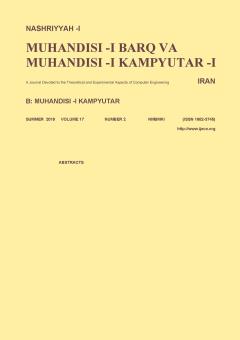-
-
List of Articles
-
Open Access Article
1 - A Survey on Inversion over Prime and Binary Fields
Reza Roohghalandari Hatameh Mosanaei Boorani s. bayat sarmadi -
Open Access Article
2 - User Experience Improvement in Mobile Application Using Information Architecture
FATEMEH ZAHRA GHAZIZADEH sh. Vafadar -
Open Access Article
3 - Calculation of the Dimensions and Speed of the Car from the Video Received from the Uncalibrated Camera
R. Asgarian Dehkordi H. Khosravi -
Open Access Article
4 - Design of an Efficient XOR Circuit in Nanomagnetic Logic
Samira Sayedsalehi Z. Azadi Motlag -
Open Access Article
5 - High Speed and Low Static Power Scan Cell Design in CMOS 22 nm
P. Zakian R. Niaraki Asli -
Open Access Article
6 - Analysis and Evaluation of the Effect of Design Parameters on Timing Parameters and Power Consumption of Static Flip-Flop in 16 nm Technology Node
E. Mahmoodi Morteza Gholipour -
Open Access Article
7 - Improved BIRCH Clustering by Chemical Reaction Optimization Algorithm to Health Fraud Detection
M. Abdolrazzagh-Nezhad M. Kherad -
Open Access Article
8 - Using Combined Classifier Based on the Separation of Conventional and Unconventional Samples to Diagnose Breast Cancer
amin rezaeipanah hesam vaghebin
-
The rights to this website are owned by the Raimag Press Management System.
Copyright © 2017-2025







